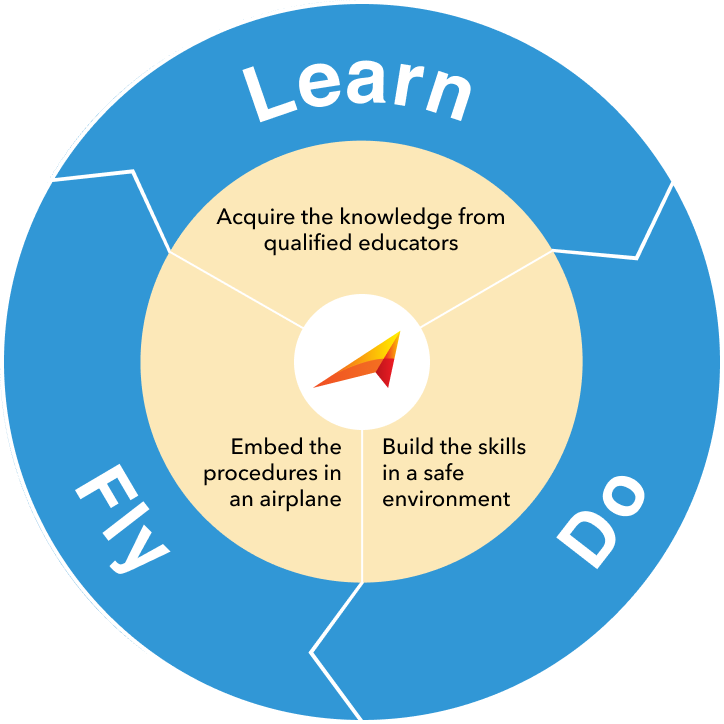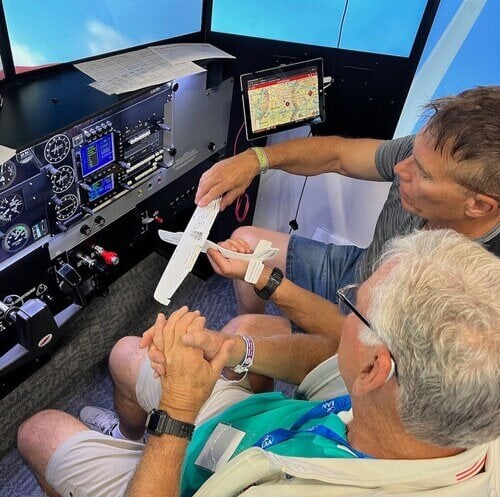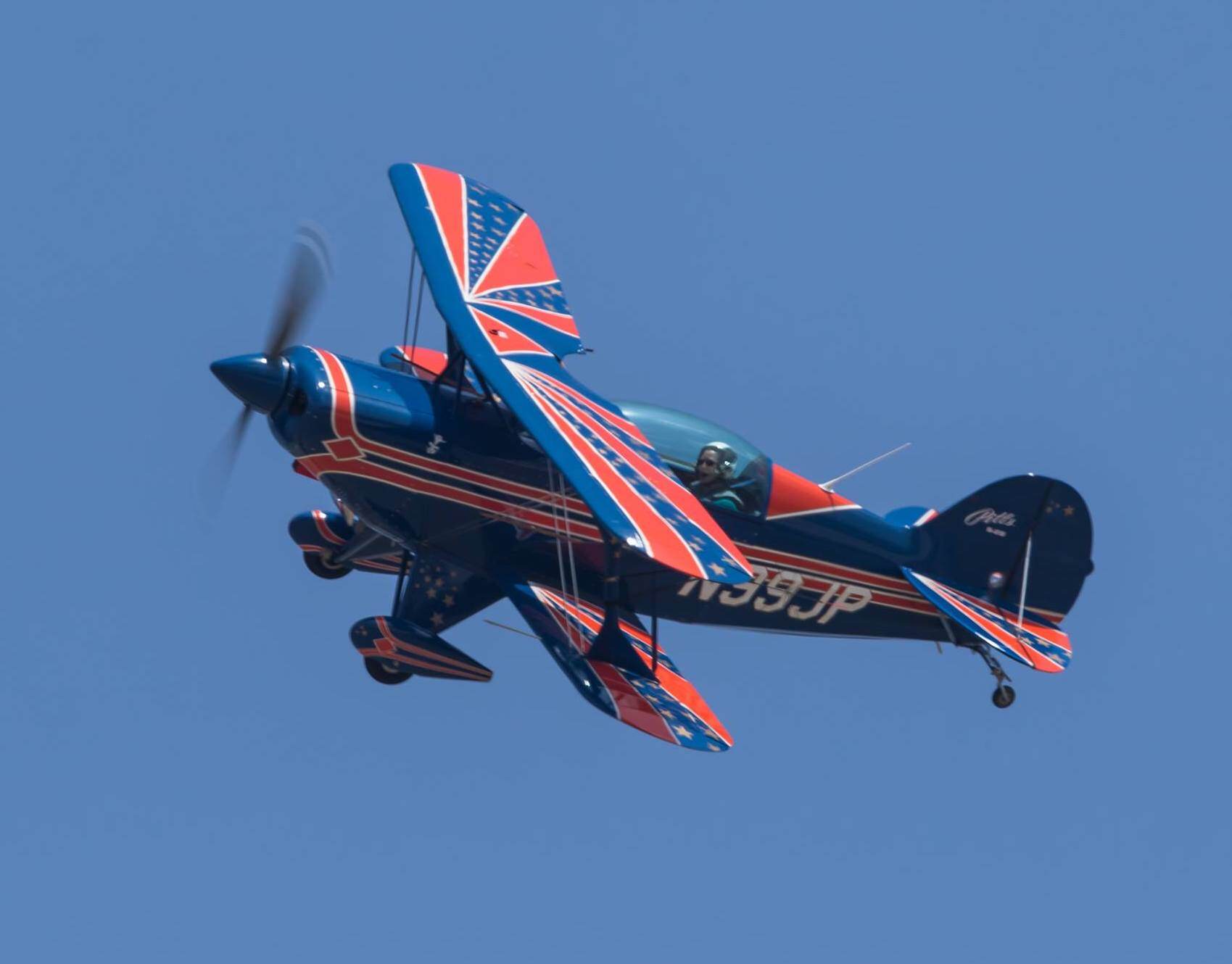Learn-Do-Fly
The Learn-Do-Fly approach to flight training is a three-part optimal learning experience that integrates self-study with personal instruction from qualified instructors.
Billy Winburn, President and Founder

Framework
Learn
Acquire the knowledge from anywhere.
This is the first step of the learning process. You'll be presented with a blueprint for Optimal Learning with multiple media avenues for building understanding, including:
- Detailed Syllabus - a comprehensive view of the complete Learn-Do-Fly path to a correlation level of learning.
-
Video - recorded lessons from Master Instructors
-
Select Resources - carefully curated, and course specific media
-
Live Interaction - opportunities for group interaction and inquiry
This LEARN part sets you up for the skill building stage where you can apply your newly acquired knowledge.
This not only gave me the opportunity to absorb the knowledge on my own terms but I had the opportunity to get clarity through live interaction with my cohort and the course creator. It prepared me for the skill building.

Do
Build the skills in a safe environment.
This part bridges the gap between theory and flying to make your upcoming in-airplane training experience more efficient and enjoyable.
Students have four pathway options:
-
Visualization/Mental Imagery - Guided mental rehearsal exercises used by elite athletes, military pilots and aerobatic champions
-
School-based Flight Simulation - Using local FAA approved Aviation Training Devices (e.g., Redbird Sim)
-
Home-based Remote Training - Using personal flight simulators with distant instructor guidance
-
Mix-and-Match - Combining multiple pathways
In addition to personal preference, each pathway has specific pros/cons regarding cost, equipment needs, effectiveness, and accessibility.
Okay, so I think the simulator as a precursor to actually flying the plane is really important and I would say a crucial step in a good learning development of like a new skill because It creates a safe environment for the student to really take a second and feel safe and learn the maneuvers and learn the skills before they go and fly in the plane.

Fly
Embed the procedures in the airplane.
You’ve completed the LEARN. You’ve done the DO. Now it's time to FLY! Time to embed the course knowledge and skills you’ve gained while at the controls of an airplane with your instructor. The in-airplane training experience will further boost your confidence and competence.
You have three aircraft options (coordinate with your course instructor):
- Student-provided aircraft - use your own airplane or rent one you’re familiar with.
- Instructor-provided aircraft - fly an airplane that's different from what you're used to. step out and experience different aircraft types.
-
Mix-and-match aircraft - combine different planes for specific maneuvers.
The old saying is true, "the cockpit of an airplane is a lousy classroom." Experts agree that more time should be spent training on the ground. The learning is more efficient, more cost-effective and less frustrating. If most of your training is happening in the airplane, you are are being deprived of an optimal learning experience. You deserve better. Demand Learn-Do-Fly™.
Total game changer for me being able to see the reference points and know exactly what my plane is doing by judging the angles of the against the landscape of where I’m flying.
